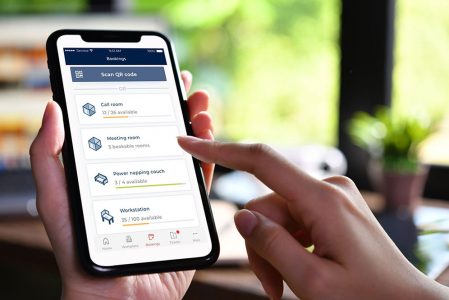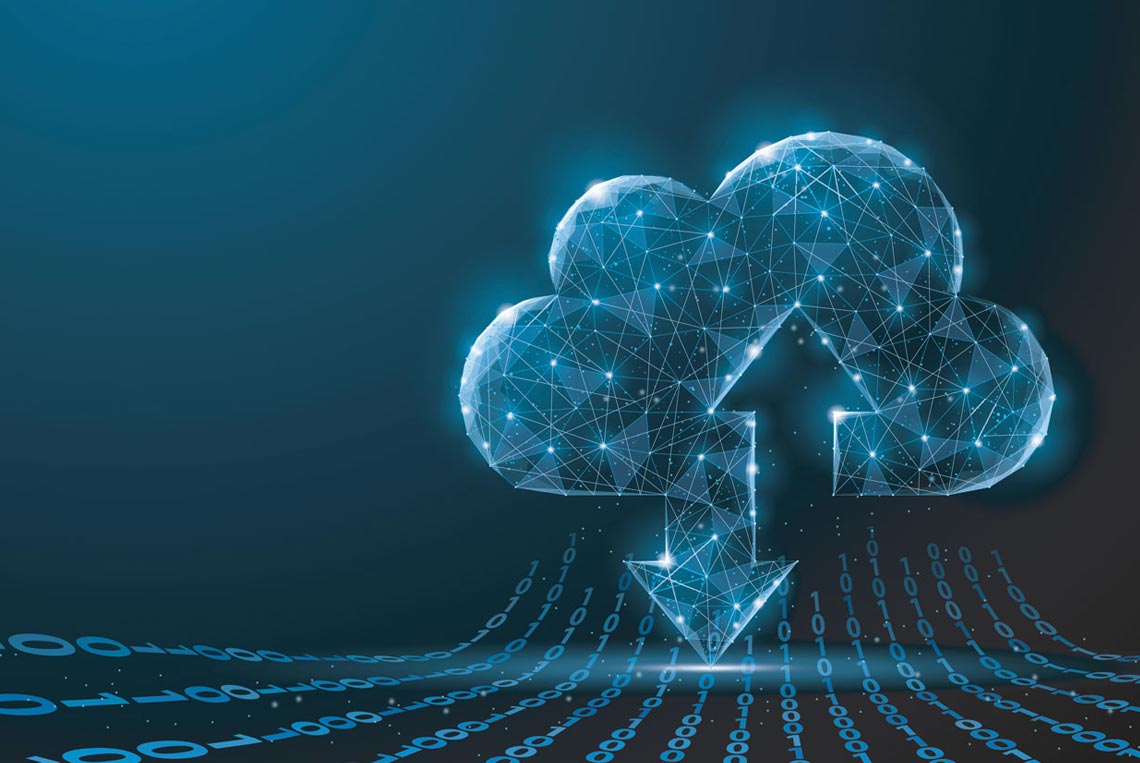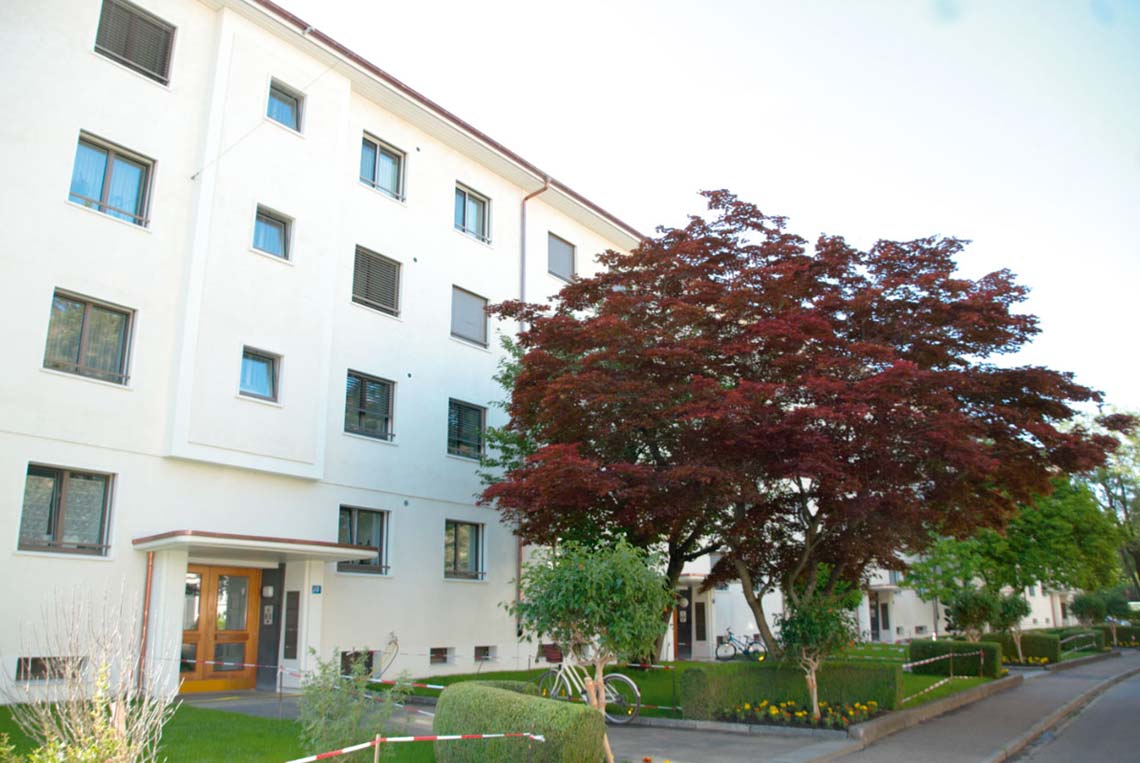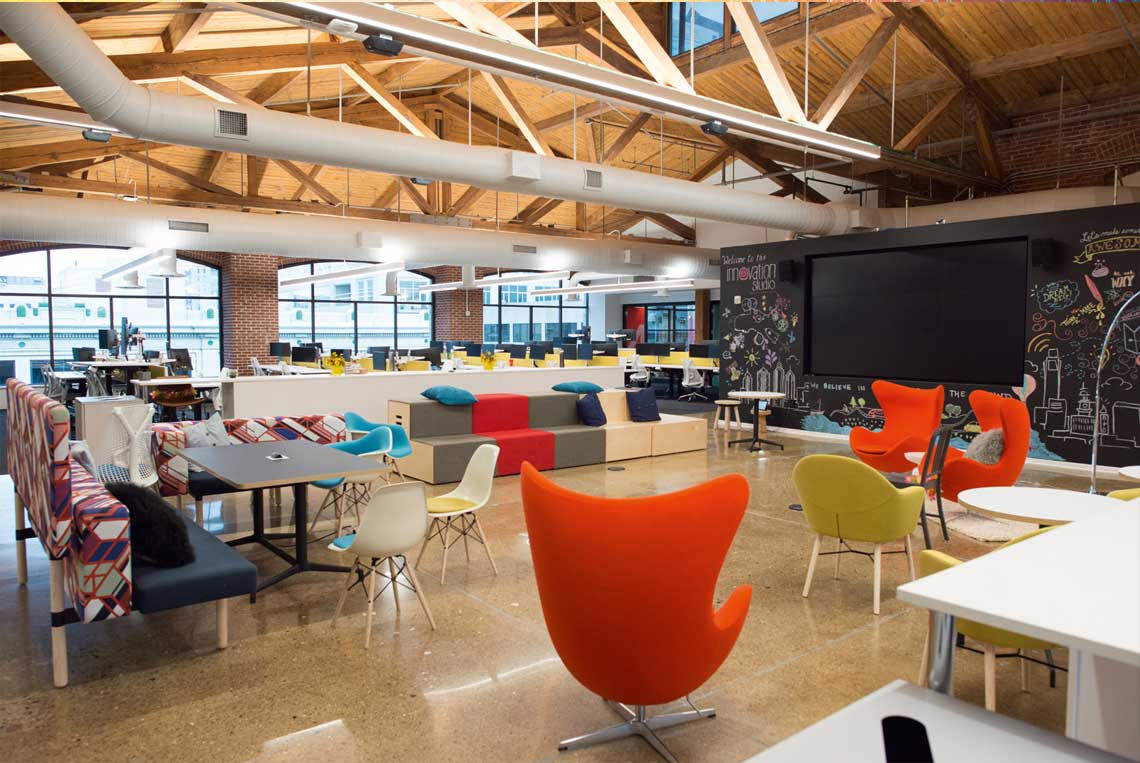Apleona: IoT investments in buildings – which use cases pay off?
Issue :
read all articles online
read as pdf
Although the potential for IoT in facility management (FM) has been recognized for more than a decade, investments have been slow to follow, due to various challenges. These include up-front investment risks, lack of billing models and uncertainties when it comes to choosing future-proof technologies. However, the market is, in fact, undergoing major changes.
We are seeing a significant rise in customer demand, and more and more standardized IoT and sensor solutions are being established, while data analysis and machine learning are coming of age. As a result, facility managers have the opportunity to become complete service providers for IoT solutions and to open up new business fields.

New market requirements
By using IoT, customers expect to gain better cost control and reduction, transparency, compliance, modern work environments as well as energy savings and measurably more sustainable buildings. Apleona offers a wide range of services in these areas. Examples include predictive maintenance, demand-driven cleaning and workplace management solutions. Such scenarios require sensors that continuously and reliably collect data. A number of application examples are already paying off, thanks to lower sensor prices and standardized technology. An important consideration is to select a use case that offers an acceptable risk-to-yield ratio in its own right. This use case must already bear all the costs for the infrastructure to be implemented – an infrastructure that can then be used for other use cases. To implement these benefits, it is important to not rely on a proprietary approach but rather to be mindful of interoperability and open standards.
Putting use cases to the test
Before companies focus on individual projects, they should define a general IoT vision. Applications that can be implemented with occupancy sensors show promise for those just getting started. Once such sensors are integrated into the building, a variety of use cases can be carried out, for example demand-driven cleaning or flexible booking of workstations and conference rooms. However, they also supply data on how the building and space are being used as a whole.
Example: flexible workstations
Employees can search for and book available workstations from an app in real time. This is made possible by desk occupancy sensors from EnOcean, which wirelessly transmit information on whether a desk is occupied. The sensors are mounted beneath the desk and detect motion with infrared signals.

Workstations or relaxation and conference rooms can be booked spontaneously or in advance from an app.
Example: responsive room booking
In reality, conference rooms are often booked in advance but then not used at the specified time. The no-show rate is as much as 40 percent. Our app gives employees the ability to book the right room even spontaneously. The solar-based EnOcean occupancy sensors mounted on the ceiling report which rooms are currently available. After reserving the room, users have 15 minutes to occupy it before it is released again for rebooking.
This is the first step toward further IoT-based projects. For example, the sensors could also signal to an IoT solution that a room is not in use and the lights should be automatically turned off or the temperature adjusted.
IoT is a key factor in implementing a smart building. We believe that the FM and IoT sectors must work with customers to take into account all conceivable and useful applications and steer investments toward solutions that are based on open architectures and protocols. This approach will help companies derive more benefits from IoT over their building’s entire lifespan.
New articles in Smart Spaces
Top articles





